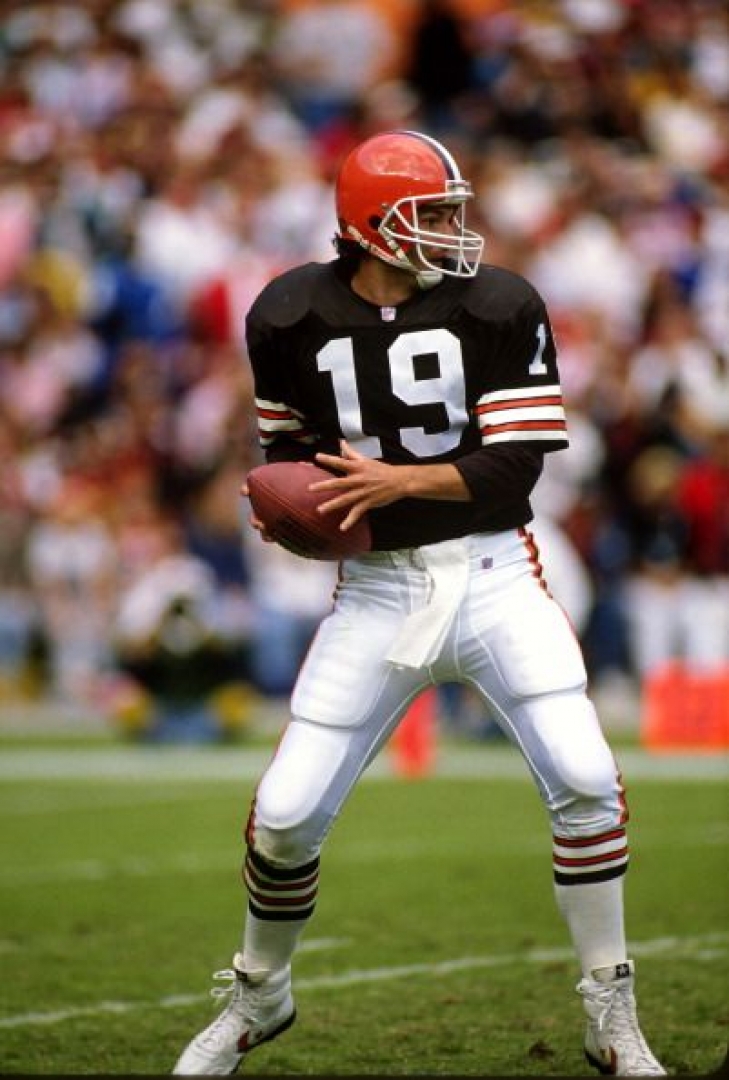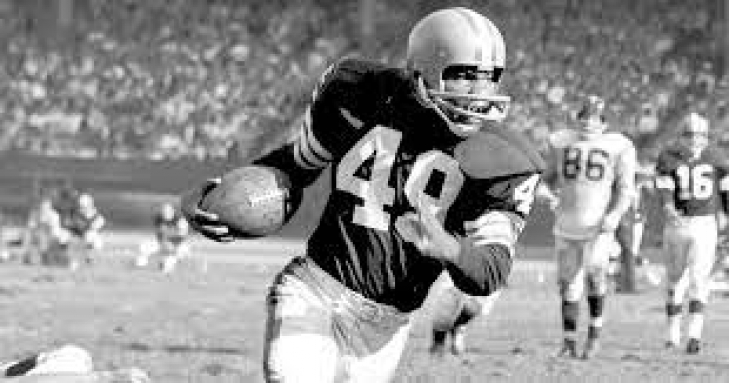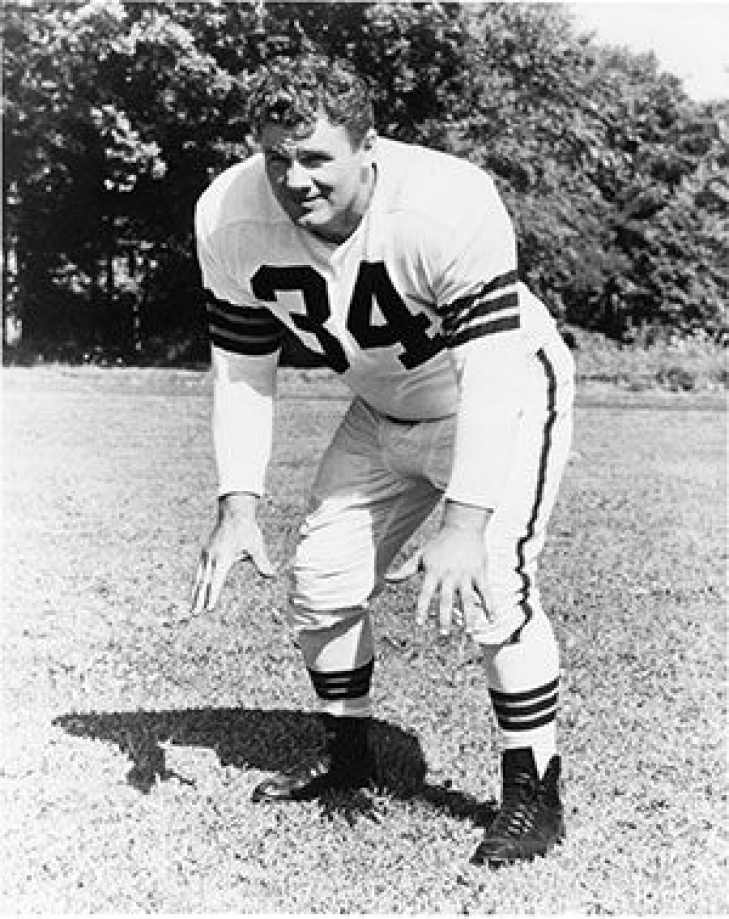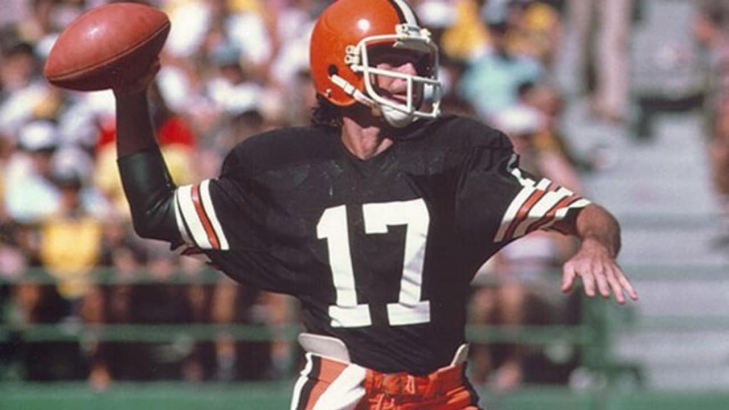
Committee Chairman
31. Bernie Kosar
Through the rules at the time, Miami Hurricanes Quarterback and National Champion Bernie Kosar were available in the 1985 Supplemental Draft, which allowed him to play for the team he wanted to, the Cleveland Browns.
Kosar started as a backup to Gary Danielson, but an injury to the incumbent escalated Kosar’s emergence as a starter. While Kosar had feet of concrete, he had an accurate and fast arm, and led the Browns to the playoffs. Kosar remained the team's starter, and the offense shifted to a more pass-oriented style. He took Cleveland to the AFC Championship Game, where they lost to Denver, but Kosar was established as a high-profile football player.
Statistically speaking, 1987 was his best year, as he had his second straight 3,000 Yard year and threw for a career-high 22 Touchdowns. Kosar went to the Pro Bowl that year, which would be the only time he received that honor. He would have two more 3,400-Yard plus years for Cleveland, but the beginning of the end for Kosar as a Brown was the emergence of Vinny Testaverde and Head Coach Bill Belichick, who was not enamored with Kosar.
Testaverde would become the starter in 1993, and Kosar was released during the season.
Kosar might not have reached the expectation placed on him, but he was immensely popular in his prime and threw for 21,904 Yards and 116 Touchdowns as a Brown. The organization named him as a Legend in the first group in 2001.
29. Bobby Mitchell
Bobby Mitchell was one of the many finds that Paul Brown found in the middle rounds of the NFL Draft, in his case, the Seventh in 1958.
Mitchell was used as an everything weapon for the Browns, rushing, receiving, and returning. In the four seasons he competed for Cleveland, Mitchell accumulated 5,916 All-Purpose Yards, and was in the top six in all of those seasons. With Jim Brown, Mitchell was expendable, and he was traded to Washington for the college star Ernie Davis, who unbeknownst to all parties, had leukemia and never played in the NFL.
Mitchell, who was also traded in part to force Washington to integrate, was a huge part of Washington’s offense. He entered the Pro Football Hall of Fame in 1983 and was chosen for the first class of the Browns Ring of Honor in 2010.
26. Walt Michaels
Walt Michaels was one of the best players that small Washington & Lee College ever produced, and the Browns took him in the Seventh Round in 1951. Cleveland didn't use him that year, not because he wasn't good enough, but because they traded him to Green Bay before the season started. After one year in Green Bay, Paul Brown saw something special in Michaels and traded three players to get him back. It was a steal.
Michaels emerged as a starting Linebacker for the Browns and became one of their leaders on the defensive side of the ball. He helped Cleveland win back-to-back NFL Championships (1954 & 1955) while stringing off five straight Pro Bowls (1955-59). Michaels, who acted as the defensive signal-caller, was an expert tackler, and it is believed that if Tackles were recorded in the 1950s, he would be amongst the top in that statistic.
He retired after the 1961 season, though he would play one more year in the AFL a year later with the New York Jets. The Browns honored Michaels as one of their Legends in 2006.
28. Brian Sipe
Brian Sipe had a slow journey from San Diego State to NFL stardom, as the 13th Round Pick needed two years on the taxi squad before making the Browns team.
Sipe was a backup in his first two years, starting seven times, and while he was believed to be talented, there was no reason to think he was going to be a Pro Bowler. He was elevated to the team's starting Quarterback in 1976, and after a few years of the team treading water, Sipe had a breakout at age 30 (1979), leading the NFL in Touchdown Passes (28), though also in Interceptions (26), with 3,793 Yards. The Browns were now contenders and known for their comebacks, earning them the "Kardiac Kids" nickname for their heart-stopping moments.
Sipe had his best year in 1980, taking the team to AFC Conference Finals. In the regular season, he had 30 Touchdown Passes but reduced his picks to 14. He also had a career-high 4,132 Passing Yards, and he led the NFL in Passer Rating (91.4). Sipe was awarded the AP and UPI MVP Award for his efforts.
The Browns struggled afterward, but Sipe was still considered a good QB, though he was benched during 1982. Following the 1983 Season, Sipe bolted for New Jersey of the USFL, which was the league where he ended his career.
Sipe threw for 23,713 Yards and 154 Touchdowns, and was named a Cleveland Browns Legend in 2002.





